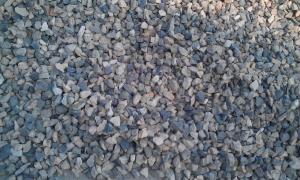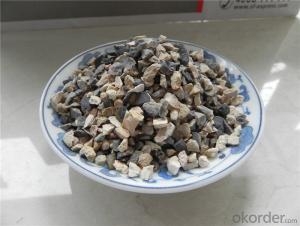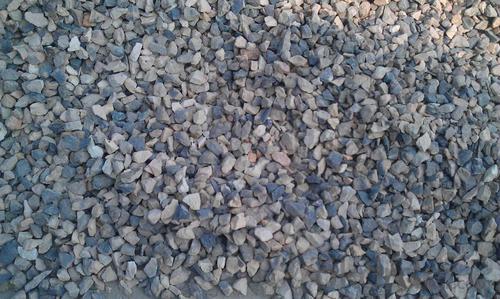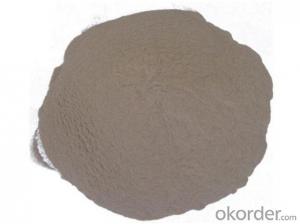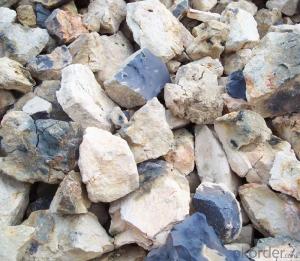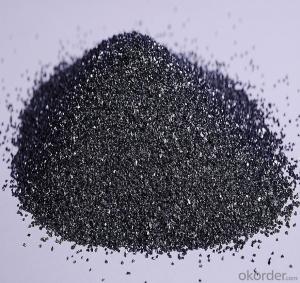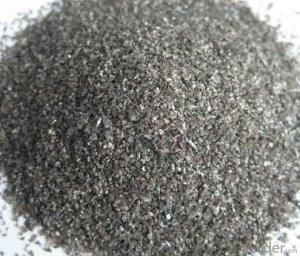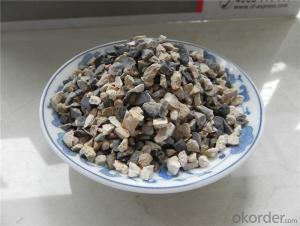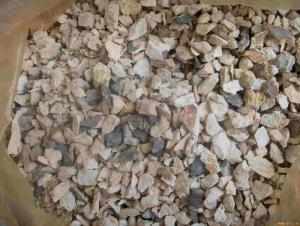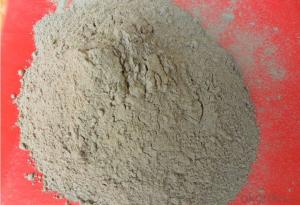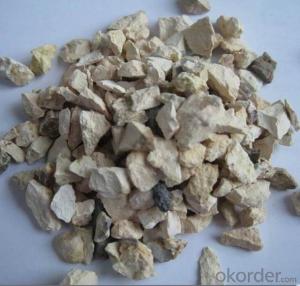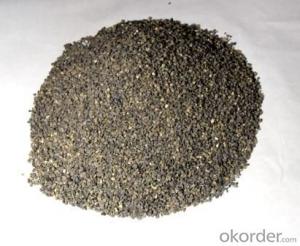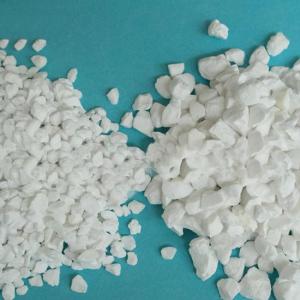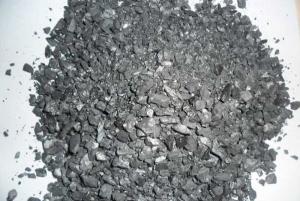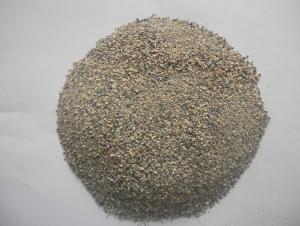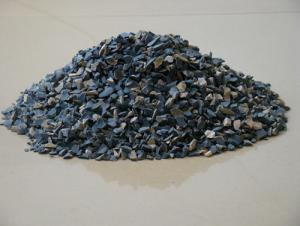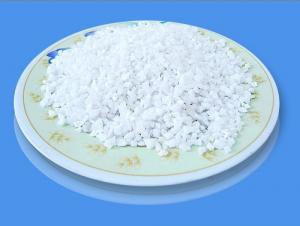High Alumina Bauxite Raw Materials for Refractory
- Loading Port:
- China main port
- Payment Terms:
- TT OR LC
- Min Order Qty:
- 25 m.t.
- Supply Capability:
- 10000 m.t./month
OKorder Service Pledge
OKorder Financial Service
You Might Also Like
Quick Details
| Shape: | Fines (Powder) | Dimensions: | 0-1mm,1-3mm, 3-5mm, 5-8mm100#, 180#, 200#, 300# | Chemical Composition: | Al2O3 CaO Fe2O3 |
| Concentrate Or Not: | Non-concentrate | Moisture (%): | 0.03% Max | Al2O3 (Min): | 50%-85% |
| Place of Origin: | Henan, China (Mainland) | Brand Name: | CNBM | Model Number: | B-1 |
| Product name: | Bauxite | Color: | Brown Yellow or Light Red | Mohs Hardness: | 1~3 |
| Thermal Conductivity: | 0.03℃ | Refractory temperature: | 1790℃ | Density: | 3.45g/cm3 |
| Compressive strength: | 55Mpa | Package: | 50kg/bag | Customization: | Accept |
| Sample: | Sample Provided |
Packaging & Delivery
| Packaging Details: | 50kg/polywoven bag or as customers requirements |
| Delivery Detail: | 7 days |
Product Introduction
Refractory Material Bauxite Clinker for All Kinds of Particle Size
Bauxite, also known as alumina, the main component is alumina, which is hydrated alumina containing impurities, a kind of earthy mineral. White or gray, because containing iron it will brown yellow or light red. Density is 3.45g / cm3, hardness is 1-3, opaque, brittle. Extremely difficult to melt. Insoluble in water, soluble in sulfuric acid and sodium hydroxide solution. Mainly used for aluminum smelting, manufacture refractories.
Product Application
Refractory Material Bauxite
1. aluminum industry. For defense, aerospace, automotive, electrical, chemical, and other daily necessities.
2. casting. Bauxite is processed into a fine powder made after the mold casting. Used in military, aerospace, communications, instrumentation, machinery and medical equipment sectors.
3. used for refractory products. High bauxite refractoriness up to 1780 ℃, chemical stability, good physical properties.
4. aluminosilicate refractory fibers. Light weight, high temperature, good thermal stability, low thermal conductivity, heat capacity of small and resistance to mechanical vibration and so on. For iron and steel, nonferrous metallurgy, electronics, petroleum, chemical, aerospace, nuclear, defense and other industries. It is the high alumina clinker into the melting temperature of about 2000 ~ 2200 ℃ high temperature electric arc furnace, high temperature melting, high pressure high velocity air or steam injection, cooling, it becomes white "cotton" - aluminum silicate refractory fibers. It can be pressed into fiber blanket, plates, or woven into fabric instead of smelting, chemical, glass and other industrial high-temperature furnace lining of refractory bricks. Firefighters available refractory fiber cloth to make clothes.
5. with magnesia and bauxite as raw material, adding an appropriate binder for casting ladle whole bucket liner very good results.
6. manufacture of cement, abrasive materials, ceramic industry as well as various compounds chemical industry can be made of aluminum bauxite.
Product Parameters
Item | Specification | Item | Specification |
Color | Brown Yellow or Light Red | Thermal Conductivity | 0.03℃ |
Density | 3.45g/cm3 | Refractory temperature | 1790℃ |
Mohs Hardness | 1~3 | Compressive strength | 55Mpa |
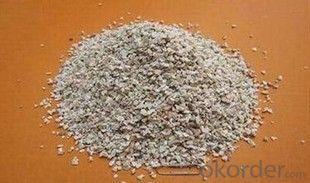
- Q: How many kinds of refractory materials are there in the EI?
- I suggest that you contribute articles to foreign SCI journals for the odds are better, and generally the articles that fill the bill will not be rejected. The traditional refractory materials can contribute to EI journal. If being rejected by EI journal, you can also contribute to Russia's journal Industrial Ceramics and Refractories. I didn't contribute to the Journal of Wuhan University of Science and Technology, the receiving cycle is almost 3 to 4 months. Though the impact factor is low, domestic EI journal is not so good, it is still SCI journal. This is my own experience, please take my advice. The best journals are the Journal of the American Ceramic Society and the Journal of the European Ceramic Society, I heard that they are not bad. But the best domestic EI refractory material journal is the Journal of The Chinese Ceramic Society. It is very long, but if it belongs to your university, it is another pair of shoes. Journals now all want to have materials about functional ceramics, and they don't want Chinese articles, if your English is not well enough, you can choose Ceramics International and Japan Ceramics but they have strict manuscripts reviewing standards.
- Q: I wanna ask that magnesium oxide is refractory?
- Yes, Magnesia belongs to ionic crystals, the oin of magnesium has two charge, oxygen and magnesium ions are relatively small radius, these two factors make a lot of magnesium oxide lattice energy, high melting point is up to 2800 degrees Celsius. Because the magnesium oxide is stable and not react with water, it is widely used as a refractory material.
- Q: Refractory factory grinding brick dust harmful to the body?
- Inhalation of this dust can affect people's respiratory tract for a long time
- Q: What's the organzational structure of refractory material?
- Ingredients (harmful); phase composition. The main components of refractory material include chemical composition and phase composition. The addtional components include main crystal phase, matrix, crystal phase, chemical composition
- Q: Why do magnesium oxide refractory bricks can be made into refractories?
- Because the magnesium oxide, commonly known as magnesia, which is a basic oxide, with the common property of alkali oxides and belongs to the cementitious material . It is white or light yellow powder, odorless, tasteless, non-toxic and a typical of alkaline earth metal oxide, whose chemical formula is MgO. It is white powder, with melting point of 2852 ℃, boiling point of 3600 ℃ and relative density of 3.58 (25 ℃). The magnesium oxide that is soluble in acid and ammonium hydroxide solution has high insulation properity. After high temperature of above 1000 ℃ burning, it will transform into crystals, and when rising above 1500 ℃ , it will turn into dead-burned magnesium oxide (also known as the magnesia) or sintered magnesia. So the performance of magnesium oxide refractory bricks is good, and the fire resistance of it is very strong.
- Q: what is the common materials for home fireproofing material?
- 1, lumber core 2,decoration panel 3 , plywood 4 density board 5,chipboard 6 fireproof?panel, 7.gypsum board Hope to adopt my opinion
- Q: Refractories for iron-making blast furnace?
- Cement kilns?
- Q: Can the teflon material resist fire?
- Teflon does not burn and with the ability of flame retardant.
- Q: What are the main materials in concrete fireproofing material?
- fireproofing materials mainly consist of class A incombustible?material and class B1 nonflammable material. Class A incombustible?material: Granite, marble, terrazzo, cement products, concrete products, gypsum board, lime products, clay products, glass, tiles, mosaics, steel, aluminum, copper alloy; class B1 nonflammable material: Ceiling materials, dry wall, fibrous plaster.
Send your message to us
High Alumina Bauxite Raw Materials for Refractory
- Loading Port:
- China main port
- Payment Terms:
- TT OR LC
- Min Order Qty:
- 25 m.t.
- Supply Capability:
- 10000 m.t./month
OKorder Service Pledge
OKorder Financial Service
Similar products
Hot products
Hot Searches
Related keywords
